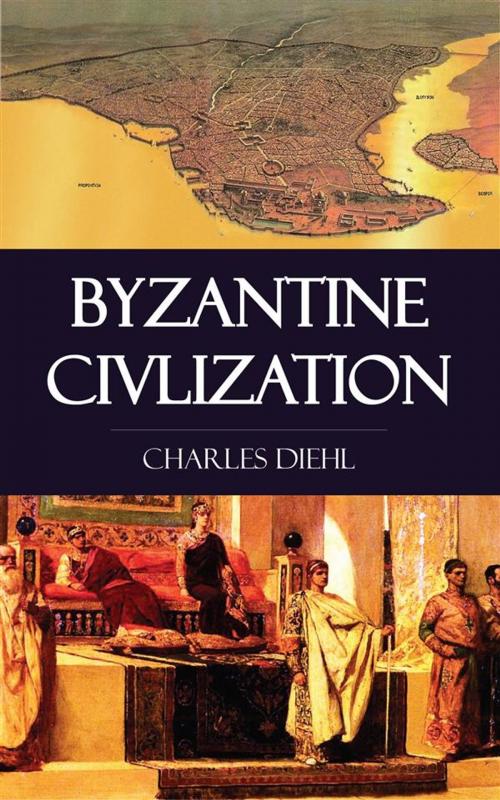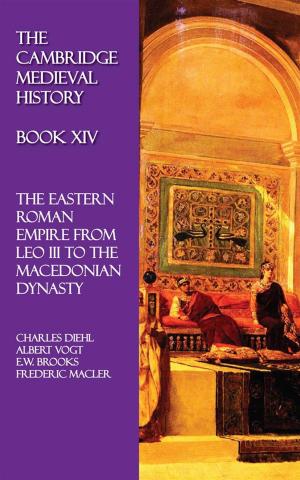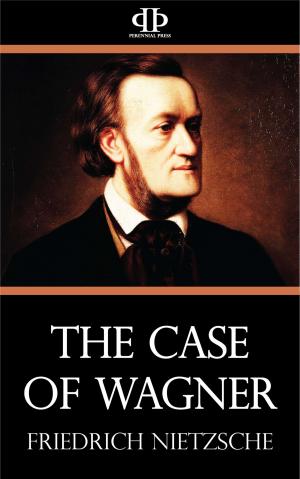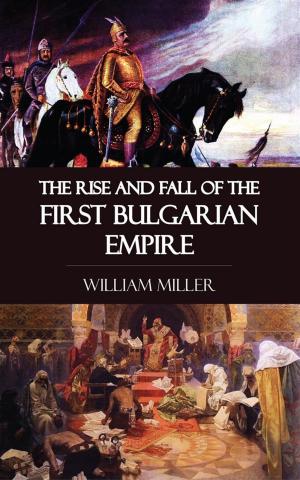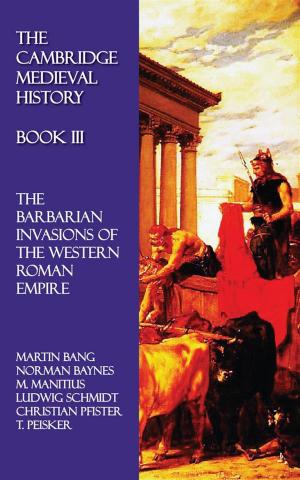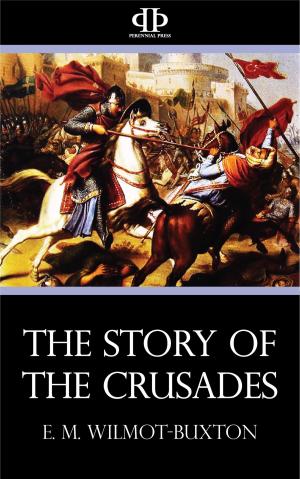| Author: | Charles Diehl | ISBN: | 9781531249885 |
| Publisher: | Perennial Press | Publication: | March 4, 2016 |
| Imprint: | Language: | English |
| Author: | Charles Diehl |
| ISBN: | 9781531249885 |
| Publisher: | Perennial Press |
| Publication: | March 4, 2016 |
| Imprint: | |
| Language: | English |
In order to obtain a clear understanding of Byzantine civilization, to visualize the mode of life and the dominant tastes in this vanished society, and to realize the mentality of the Greeks in the Middle Ages, we must therefore begin by studying Constantinople. And moreover it is about her that we have most information. At every stage of her history there are valuable documents which describe for us admirably the buildings of the great city, and the appearance she presented: for the fifth century we have the Notitia of 450; for the sixth century the book of Edifices by Procopius, the poem of Paul the Silentiary, and the description of the church of the Holy Apostles by Nicholas Mesarites; for the tenth century the poem of Constantine the Rhodian on the seven wonders of the capital and the Ceremonies of Constantine Porphyrogenitus; finally the narratives of countless travelers,—French, Italians, Spaniards, Russians, and Arabs,—who visited Constantinople from the twelfth to the fifteenth century. Moreover Byzantine literature reflects, as in a magic mirror, the ideas which were familiar and precious to the inhabitants of the capital, and the great currents of thought which prevailed in her. But Constantinople was not the Empire. In contrast to the capital which was luxurious, refined, and elegant, and also turbulent, cruel, and corrupt, there was another Byzantium, simpler and ruder, more robust and more serious, the Byzantium of the provinces, about which we know less than the other, but whose aspect we must nevertheless attempt to reconstruct; for the strength and stability of the monarchy was derived therefrom, no less than from Constantinople, and its study is indispensable if we wish to understand the character of Byzantine civilization. In this vanished world, Constantinople and the provinces seem like the two opposite leaves of a diptych, and, in spite of the deep contrast offered by these two Byzantiums, it was their union which formed the power and greatness of the Empire...
In order to obtain a clear understanding of Byzantine civilization, to visualize the mode of life and the dominant tastes in this vanished society, and to realize the mentality of the Greeks in the Middle Ages, we must therefore begin by studying Constantinople. And moreover it is about her that we have most information. At every stage of her history there are valuable documents which describe for us admirably the buildings of the great city, and the appearance she presented: for the fifth century we have the Notitia of 450; for the sixth century the book of Edifices by Procopius, the poem of Paul the Silentiary, and the description of the church of the Holy Apostles by Nicholas Mesarites; for the tenth century the poem of Constantine the Rhodian on the seven wonders of the capital and the Ceremonies of Constantine Porphyrogenitus; finally the narratives of countless travelers,—French, Italians, Spaniards, Russians, and Arabs,—who visited Constantinople from the twelfth to the fifteenth century. Moreover Byzantine literature reflects, as in a magic mirror, the ideas which were familiar and precious to the inhabitants of the capital, and the great currents of thought which prevailed in her. But Constantinople was not the Empire. In contrast to the capital which was luxurious, refined, and elegant, and also turbulent, cruel, and corrupt, there was another Byzantium, simpler and ruder, more robust and more serious, the Byzantium of the provinces, about which we know less than the other, but whose aspect we must nevertheless attempt to reconstruct; for the strength and stability of the monarchy was derived therefrom, no less than from Constantinople, and its study is indispensable if we wish to understand the character of Byzantine civilization. In this vanished world, Constantinople and the provinces seem like the two opposite leaves of a diptych, and, in spite of the deep contrast offered by these two Byzantiums, it was their union which formed the power and greatness of the Empire...
